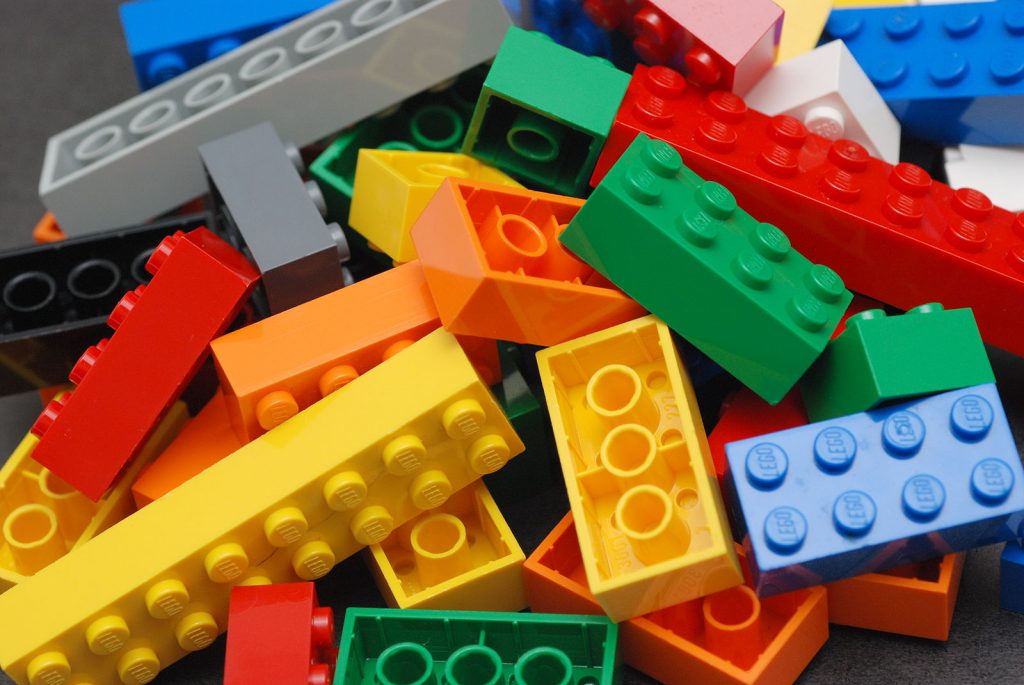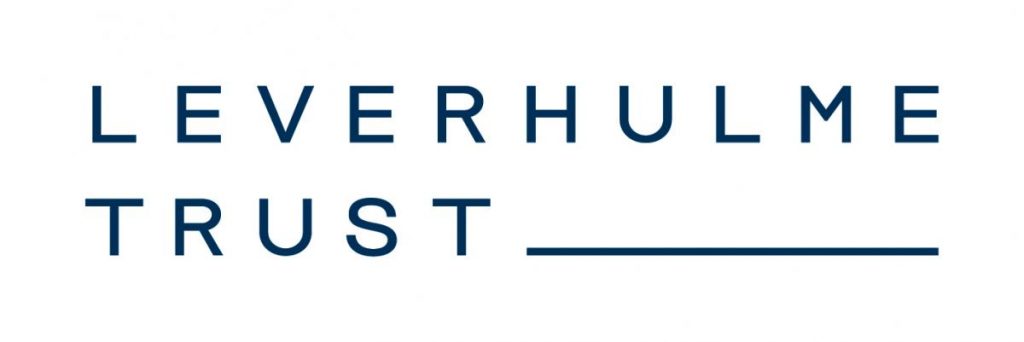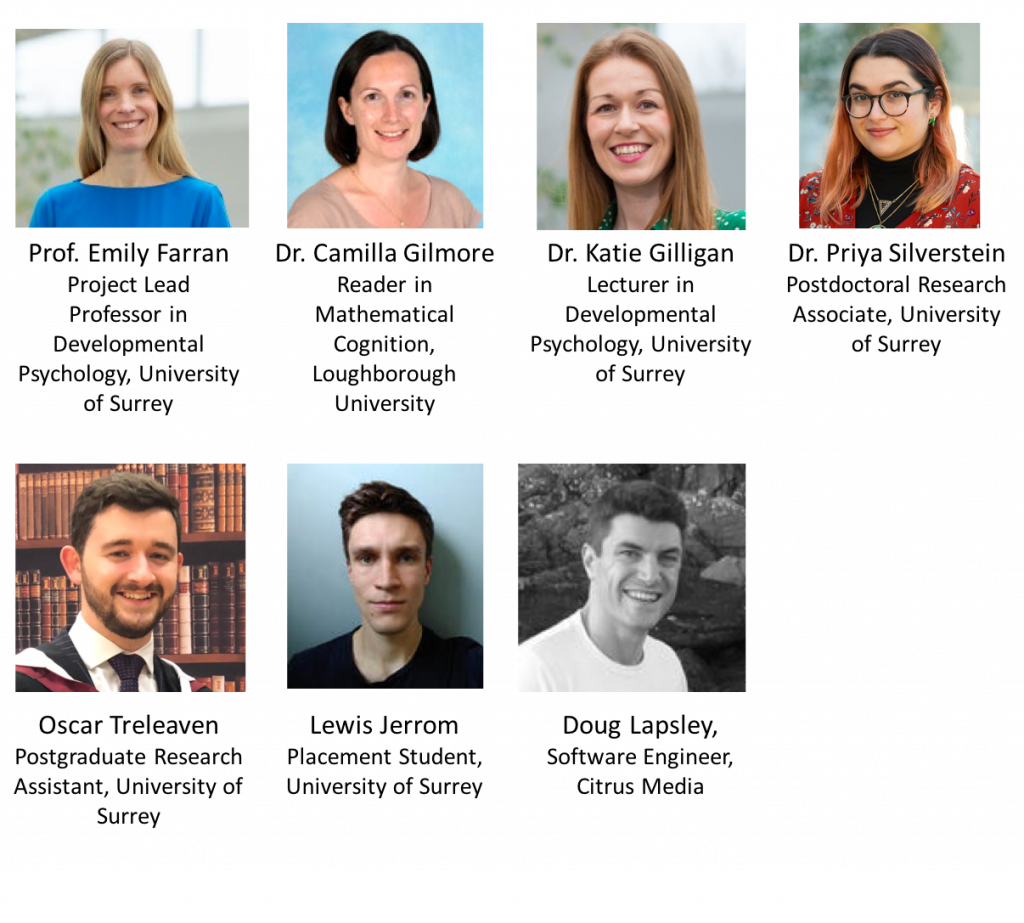It is hard to think of an everyday activity that doesn’t involve the use of spatial skills. Whether we’re reading a map or packing a suitcase, we need to understand the location and dimensions of objects and their relationships to one other. Spatial ability varies across children, and predicts adult expertise in Science, Technology, Engineering and Mathematics (STEM). This is unsurprising, given the many examples of spatial skills that are integral to STEM professions (for example understanding graphs and diagrams). Recent research has found that it is possible to train spatial skills, and that this in turn can improve achievement in STEM subjects.
The BLOCS project (standing for Block Construction Skills for Mathematics) aims to determine how LEGO® is related to and can be used to improve maths achievement in seven to nine year-olds. Lego is not only a practical choice, but research has shown that it has the capacity to help children reach their mathematical potential. The project will also explore how digital technologies (a part of many children’s everyday activities) can improve spatial abilities. Specifically, it will identify how both physical Lego and digital Lego construction activities can be used to improve spatial abilities and measure the impact that this has on maths ability. This series of research studies is funded by the Leverhulme Trust.
Publications
You can learn more about the project by reading the article on page nine of the Leverhulme Trust Newsletter.



